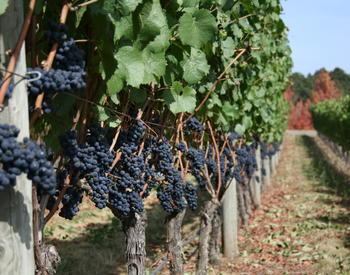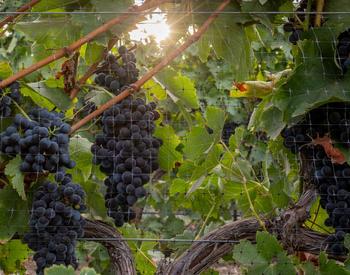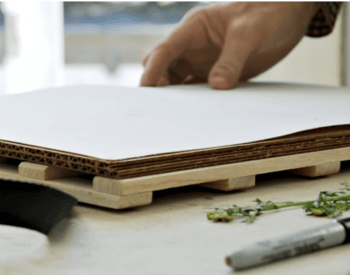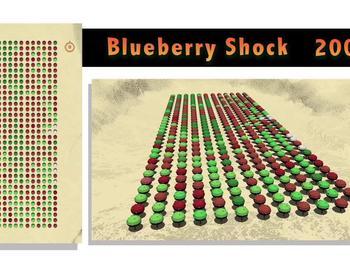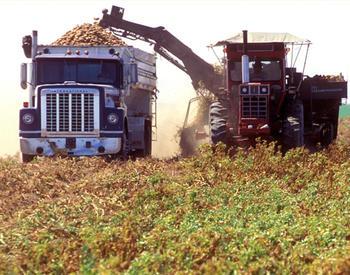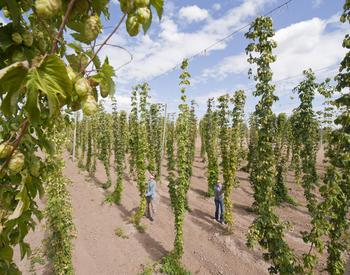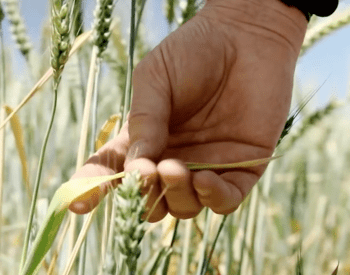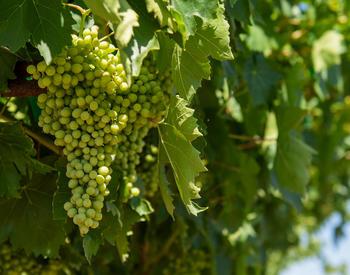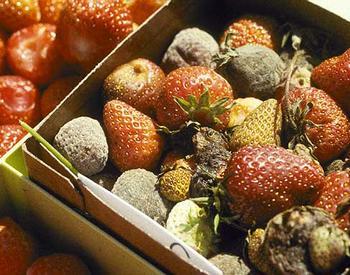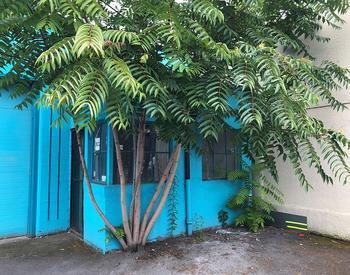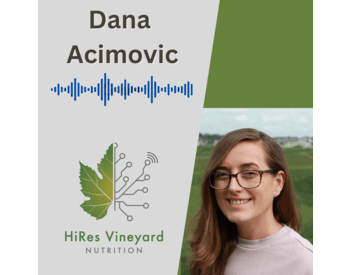What is Botrytis bunch rot?
Fungal pathogen: Botrytis cinerea
Botrytis bunch rot is the most common rot for wine grape vineyards in Oregon and the Pacific Northwest. Infection can occur as early as bloom but may not be visible until post-veraison.
Preventing Botrytis in the vineyard
Good canopy management practices are critical to preventing Botrytis bunch rot. These practices allow airflow and fungicide spray to penetrate and cover the inflorescence or fruit cluster, starting early in the growing season.
These canopy practices must be appropriately timed during vine growth (bloom time or later) and should be used in vineyards with moderate to high vegetative vigor.
One of the most effective canopy management practices is cluster zone leaf removal on the morning-sun side of the canopy early in the season to ensure maximum benefit, particularly in cool climate production regions. Leaf removal should be conducted on vines where you cannot see the clusters and should be done any time from just before bloom to just after fruit set.
Do not leaf pull after berries have grown bigger than about pea-size. This should be done well before veraison is anticipated. Late-season leaf removal can lead to sun/heat burn of fruit if high temperatures persist.
Recently, winemakers have asked vineyard managers to reduce the amount of leaf removal or to conduct it later in the season out of fear of overexposure in recent warm seasons.
However, research in Oregon shows that typical leaf removal (about 50% leaves removed) and up to 100% of cluster zone leaf removal conducted from bloom to pea-size does not result in sun/heat burn of fruit, even in warm seasons.
This research has also shown that early leaf removal can increase the color (anthocyanins) and aroma compounds of pinot noir.
Note: If you have weak or small vines without much canopy density, clusters are typically visible, and leaf removal is not necessary.
The second step in prevention is the use of well-timed fungicide applications, targeting applications to the cluster zone at bloom and just before bunch closure. Fungicides may need to be applied before rain events post-veraison to prevent conditions that may lead to infection.
Details on the timing of fungicide applications and products are available in the Pest Management Guide for Wine Grapes in Oregon, EM 8413.
See page 37 of this guide to determine conditions for Botrytis infection based on air temperature and hours of berry wetness to determine the risk of infection.
What to do once a vineyard has infected fruit
Once you have active infections of bunch rot late in the season, you will have to assess the level of infection and determine your next step.
Some wineries have very low thresholds for Botrytis, and you may need to remove that fruit from the vine before harvest. It is possible to remove infected clusters at the winery if they have a sorting line.
Some methods can be used in the winery to deal with Botrytis-infected fruit.
See Dealing with damaged fruit in the winery for more details.
Further reading
For further information on Botrytis bunch rot, see the following resources:
¡Use los pesticidas con seguridad!
- Póngase ropa de protección y equipo de seguridad según las recomendaciones de la etiqueta. Báñese después de cada uso.
- Lea la etiqueta del pesticida—aunque lo haya usado antes. Siga al pie de la letra las indicaciones de la etiqueta (y cualquiera otra indicación que Ud. tenga).
- Tenga precaución al aplicar los pesticidas. Conozca su responsabilidad legal como aplicador de pesticidas. Usted puede ser responsable de heridas o daños resultantes del uso de un pesticida.
